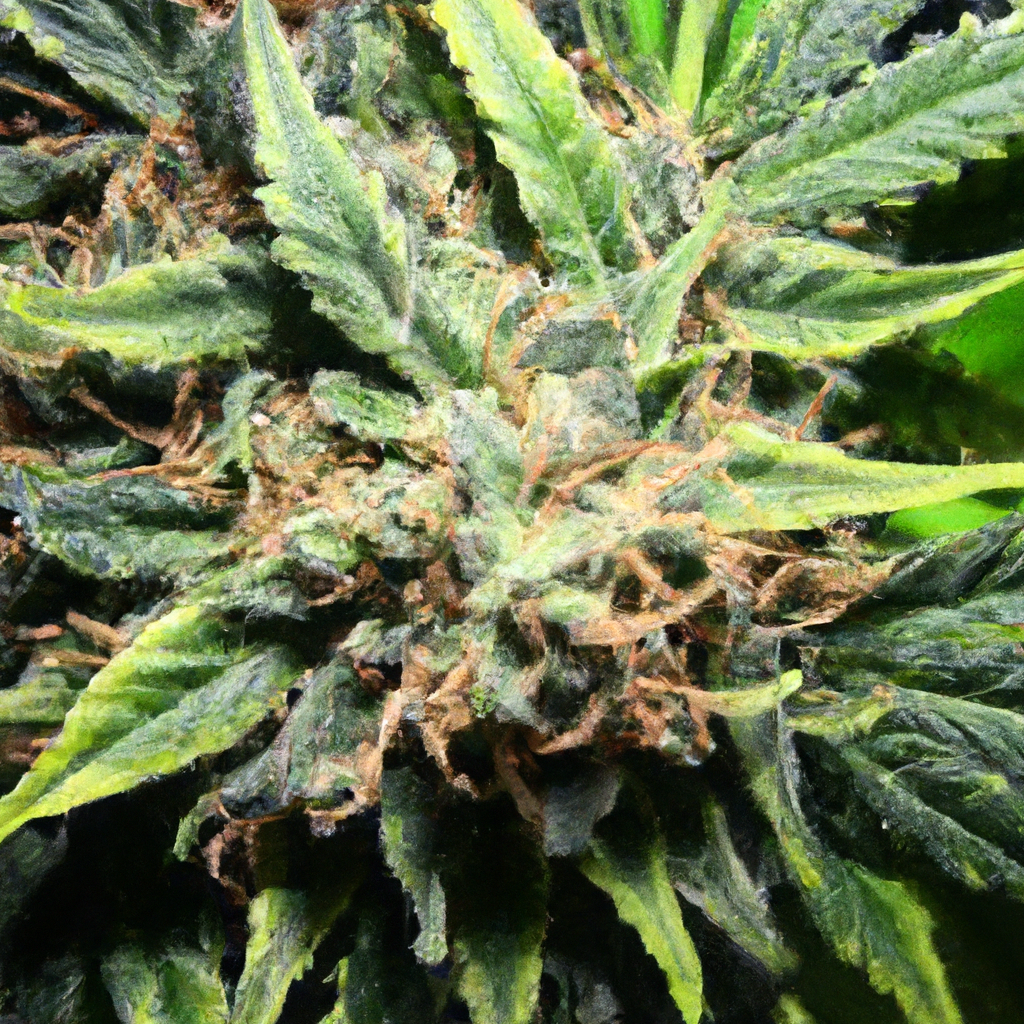By John “Magic” Greenleaf, “Growing greatness, one strain at a time.”
Introduction
When we think of cannabis cultivation, we often focus on plant genetics and farming techniques. However, an
often-overlooked science lies beneath the soil and within the plant tissue: cannabis microbiology. Understanding
the microbial life thriving alongside your cannabis plants can revolutionize your growing approach, enhancing
plant health, yield, and potency.
In this exploration, we’ll dive into the invisible world of beneficial microbes and their pivotal roles in elevating
cannabis cultivation to new heights.
Understanding Microbial Benefactors
Microbes are essential partners in the cannabis ecosystem, contributing significantly to nutrient availability and
plant health. Here’s how:
- Rhizobia: These nitrogen-fixing bacteria partner with plant roots, converting atmospheric
nitrogen into forms usable by cannabis plants. - Mycorrhizal Fungi: Forming symbiotic relationships with roots, they extend nutrient
uptake areas and improve water absorption, making your plants more resilient. - Trichoderma: Known for their biocontrol properties, these fungi protect plants from soil-borne
pathogens while stimulating growth.
Implementing Microbial Techniques in Cultivation
Integrating microbial techniques into your cultivation process doesn’t require complex changes. Here
are actionable steps you can take:
- Soil Inoculation: Use microbial inoculants to introduce beneficial microbes directly into
the soil. Products containing live cultures of mycorrhizal fungi and beneficial bacteria can transform plant
vigor. - Compost Teas: Brewing and applying nutrient-rich compost teas boost microbial activity in
the soil, fostering a dynamic environment for root development and nutrient cycling. - Diverse Planting: Rotate crops with legumes like clover that support nitrogen-fixing bacteria
to enrich soil biodiversity and resilience.
Case Study: Microbes at Work
Imagine the case of a struggling grow operation in Boulder, Colorado. By incorporating mycorrhizal fungi and
compost teas into their regimen, they reported a remarkable 30% increase in plant height and a 25% boost
in cannabinoid content after just two growing cycles. The cultivators noted improved resistance to root
rot and reduced dependence on synthetic fertilizers.
Conclusion
Embracing the microbial world doesn’t just sustain your plants—it enables them to thrive. By fostering these
unseen allies in your cannabis cultivation practices, you promote a healthier, more productive,
and sustainable growth cycle. It’s time to go beyond what you see and harness the hidden powers of
cannabis microbiology.
As the saying goes, “Healthy roots, healthy buds, happy harvests.” Your biomass deserves this microscopic
foundation. Let’s nurture it.


Leave a Reply